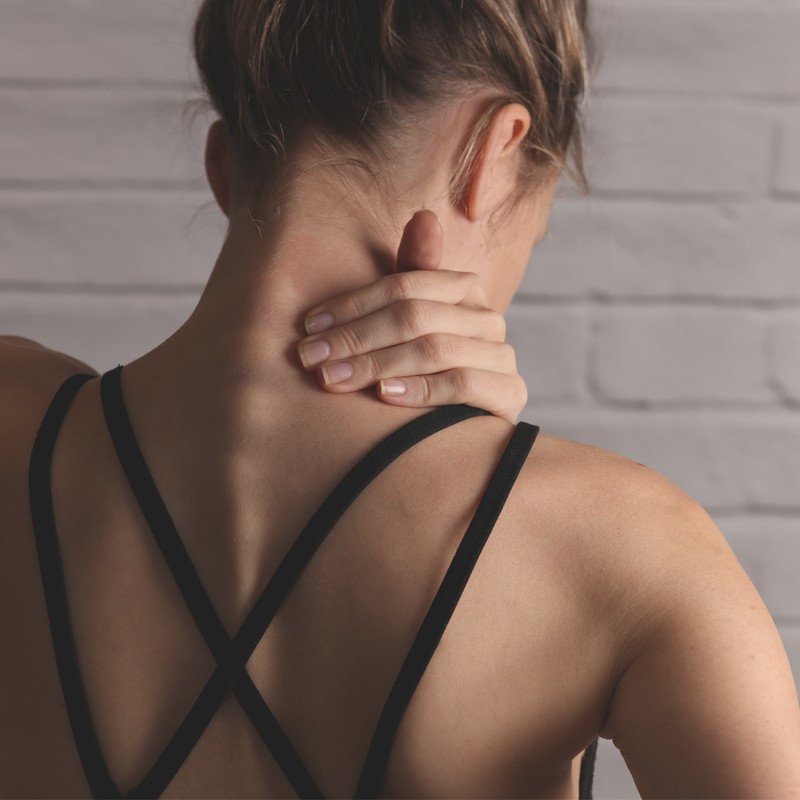How Osteopaths Help More Than Just Bad Backs
What Does An Osteopath Do?
Osteopaths look after bones, muscles, ligaments and tendons so they can work smoothly together. Whilst most people associate an osteopath with back pain, they treat the whole of your body. With manipulation, stretching and massaging they increase joint mobility, relieve muscle tension and enhance the blood and nerve supply to tissues. “We’re known for ‘cracking bones’ but this is infact a release of gas in a joint where pressure changes and we’ve given it more space to move” explains Clare Bailey, Osteopath at Surrey Hills Osteopathy.
So How Does It Work?
“Our goal is to get the body functioning as well as possible by making sure joints have a good range of movement, muscles are relaxed, lengthened and strong enough to do their job” says Clare.
Osteopaths individualise their approach for every person. Clare explained “we look far beyond the presenting pain to trace the root cause. I recently treated a woman in her early 40s complaining of tennis elbow. She had broken her pelvis in her late teens. By getting to the root cause and treating her pelvis first, I could go on to treat her symptoms and stop the pain recurring”.
What To Expect On Your First Visit?
“I have been likened to a ‘Body Detective’ I take a very detailed case history which includes all the normal health questions you would expect but also some surprising ones - I might ask about things that happened long ago e.g. a car accident, falls, childbirth, childhood broken bones. This is how I uncover patterns and events in a person’s life that are preventing them from reaching their optimum wellbeing. By connecting people with their personal health story, I help them understand what their body is trying to say to them about their pain, dysfunction or lack of vitality. I use a timeline approach to piece it all together as we are an accumulation of all that we have asked our body to do for us. With this complete picture I can explain why the problem has happened to you at this particular time in your life. I see people visibly relieved to have an explanation as it brings them some control over their health again” says Clare.
Who Do You Treat?
“Everyone. I currently treat a seven-week old baby and her mum, a 13-year old budding female athlete, pregnant women, up to a wonderful 90-year old lady and all sorts of people in between. Once one family member has been to see me, I often get more people in the same family.” Clare explained “I recently treated a young woman undergoing gender identity treatment, strapping her breasts was causing pain in her mid- back and her synthetic testosterone injections were causing scarring in her buttock muscles, giving her hip pain.”
“I see women who are still suffering the effects of traumatic births years after their last child has been born. They have ‘put up’ with their symptoms for years, accepting it is part of “being a woman who has had children.” This is absolutely not the case. In 10 years of practice there is not a single woman whose life I have not been able to improve.”
Tell Us More About How You Treat Headaches
“Head pain can be experienced around the eyes and forehead, the sides and back of the head, in the sinuses, jaw and into the neck and upper shoulders.
I recently had a 39-year old very fit, active mother of two referred to me by her neurologist following two months of intensely debilitating migraines.
It was clear on examination, her body was compensating from a head injury sustained aged 13 which was the root cause of a lifetime of headaches, a link the patient had never made. Treating bones and muscles across all areas of her body, including inside her jaw we had a breakthrough after just one treatment and total relief after the fourth. Her migraine eased completely and since visiting me she has seen a significant reduction in the frequency of her headaches.”
Clare explains, “where so many people treat headaches with pills, there is often an underlying skeletal cause that an osteopath can identify and treat, giving you a long-term relief.”
How Long Before I Notice An Improvement?
People usually notice some improvement 24 - 48 hours after the first treatment, though this varies depending on the problem and how long you’ve had it. Clare says “I liken a treatment programme to peeling an onion – initial changes are quicker as they deal with the immediate problem, then I get into the long term dysfunction that is sustaining the problem and making it recur. But I expect to see improvement after every treatment.”
How To Find The Right Osteo
Check The Register
All osteopaths are registered and regulated by the General Osteopathic Council (in the same way as Doctors with the General Medical Council). It is a criminal offence to call yourself an osteopath if you are not registered.
Give Them A Call
We can tell a lot about a person in just a short phone call. Ask yourself if they are listening to you or if they haven’t got time to talk, can they offer an alternative time? If you leave a message, do they get back to you? Is the rapport fairly easy and relaxed and are they familiar with your complaint?
Ask For A Complimentary No Obligation 10 Minute Face To Face Consultation
Face to face is even better. Most osteopaths would be happy to give you 10 minutes of their time to discuss your problem and for you to judge if the relationship will work.
Word Of Mouth
95% of my referrals are word of mouth. This is still the most common and reassuring way to find an osteopath. Ask around as you may not realise that your friends and family have a go-to person they see when it comes to aches and pains.
Research
They may have reviews which indicate that they have treated your complaint with success in the past. It will also give you a feel for their practice and whether it would suit you. Their website will give you important information such as disabled accessibility, prices and opening times. It may contain blog posts you can read and press releases and events such as talks you can attend to find out more.
Kiss A Few Frogs
You might do all of the above and decide this is not the right person for you after all. This does sometimes happen. Try not to dismiss a whole profession on the basis of one practitioner. Perhaps within the practice there is another osteopath you could try? Or perhaps they could recommend a colleague. Rapport is entirely individual, and we do have differing treatment styles so don’t give up on the first try.
DISCLAIMER: We endeavour to always credit the correct original source of every image we use. If you think a credit may be incorrect, please contact us at info@sheerluxe.com.






